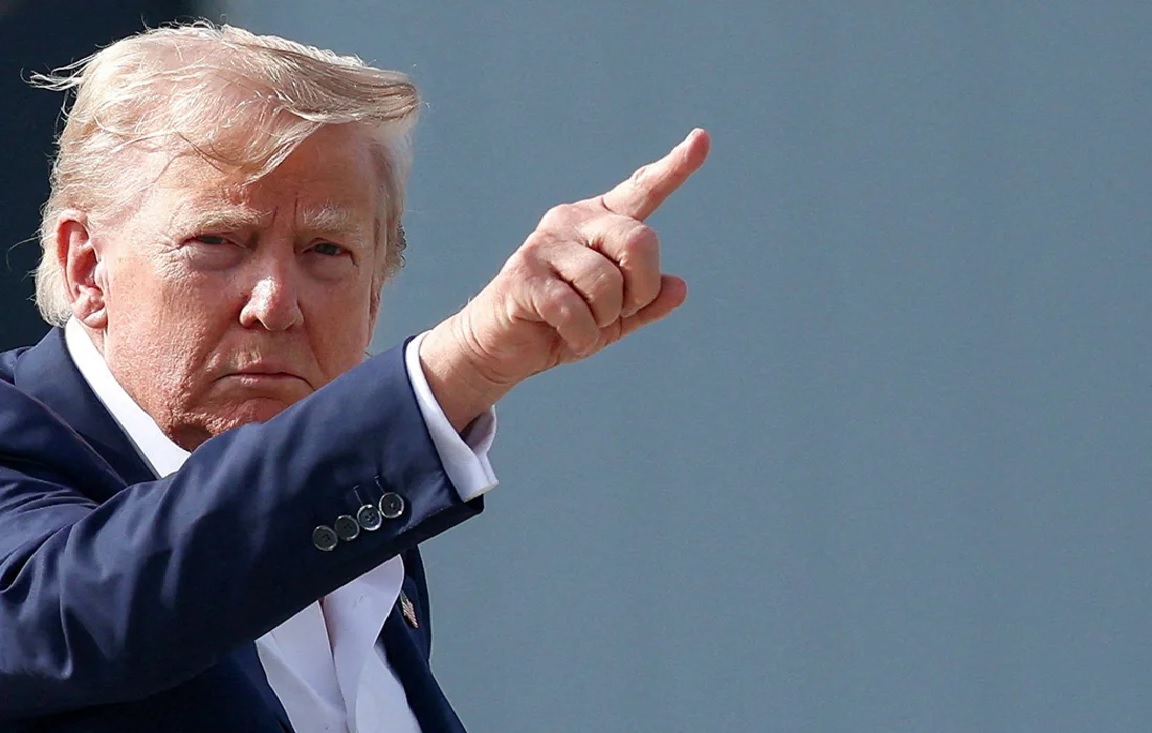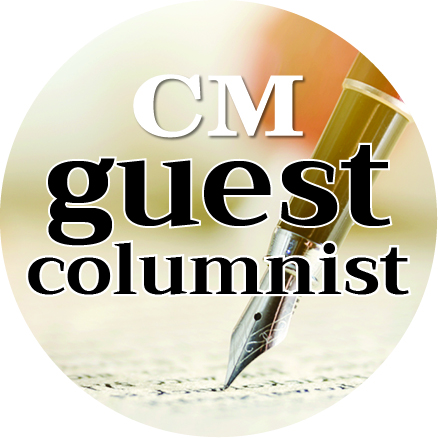If you have been a fan of the hugely popular TV series Succession, then the Board machinations at the Federal Reserve will blow your mind. Control over the Board of the US Central Bank will keep people in suspense until May 2026. A full season of intrigue lies ahead.
Like the series, each week promises twists and turns that keep us guessing as to the eventual outcome. Unlike the TV series, however, this is no fiction. We are witnessing in real time the fight over the control of the right to print money in America. If Donald Trump succeeds in bringing the Fed under his sphere of influence, then the consequences are enormous and his ability to influence geopolitical as well as domestic events will be a lot more powerful.
The president has quickly realised that by controlling the Fed, he can directly influence economic outcomes, not only in the US but the world at large. The only real check after all in his power thus far has proved to be the all-powerful market.
Arguably, it is run by economic forces that are unpredictable and cannot be controlled, as evidenced by this infamous quote by Clinton political adviser James Carville: “I used to think that if there was reincarnation, I wanted to come back as the president or the pope or as a .400 baseball hitter. But now I would like to come back as the bond market. You can intimidate everybody.”
Trump certainly got a taste of that following his ‘Liberation Day’ announcement on April 2nd, when the US Treasury bond market went through a fit after the tariffs were announced. The president, appreciating the impact, swiftly made a U-turn, postponing the tariffs for 90 days, giving the market a chance to digest and adjust. Meanwhile, he put in motion plans to address the possibility that a market meltdown could stand in his way again. A key part of that plan (but not only) is the control of the Federal Reserve.
Some of you may wonder why the Federal Reserve is not under the direct control of the elected administration. It is, after all, a public institution. It is not part of the legislature or the judiciary, which, along with the executive, form the three separate levers of power in modern democracies. So why is it not part of the executive? The question is important as many people from both the right and the left mistakenly advocate that democracy dictates that all public bodies be accountable to the will of the people. (US Vice-President JD Vance criticises the Fed as an undemocratic institution, whereas The Guardian recently opined that accountability towards the people is more important than independence in a democratic country).
Yet, the idea that the executive should not be able to print money (ie, borrow) at will is fundamental in modern democracies. This came after many instances of governments borrowing and spending with impunity (many times to help them secure the next election victory), only for the consequences of higher inflation coming down the line. The Fed became nominally independent in the US in 1951, but it was only after the Fed acquiesced to Nixon’s interest rate cuts in the 1970’s helping inflation to get out of control, that the realisation that the Fed should be unhindered to take the tough decisions necessary became truly accepted. The resulting efforts by Fed Chairman Paul Volcker to bring inflation down in 1979-1984 are now part of monetary history.
Trump’s efforts to control the Fed, therefore, will undermine the good governance principles that the west has fought and won over the years.
How will he do that? This is where the suspense in the series kicks in. The Board of the Federal Reserve is made up of seven governors appointed by the president. They are serving staggered 14-year terms (so that not one president can appoint a majority during his tenure). Three of the seven have been appointed by Trump during his first term in office. Jay Powell, the Chairman, is one of the three, but he has shown remarkable independence of mind in pursuing his duties that, unfortunately for him, has made him an enemy of the president. The other two Trump appointees, Christopher Waller and Michelle Bowman, are candidates for the Chair position, which will become vacant when Powell’s term as Chair expires in May 2026.
Given that Trump already said that he would nominate as Chair only someone willing to cut interest rates, the two have already expressed their colours by being the only ones dissenting in the Fed’s decision not to lower interest rates in July. On Wednesday, however, they voted with the majority on reducing interest rates by just 0.25%. That left Stephen Miran, the newly confirmed governor, the only one pushing for a 0.5% cut.
Miran, Trump’s Chief of Economic advisers and one of the architects of his economic policies, was only approved by the Senate on Monday after he pledged his independence from political influence, in one of the great political theatres in today’s America. He took over the position of Adriana D Kugler, who resigned abruptly on August 8 before her normal retirement on January 31, 2026.
Assuming that Waller, Bowman and Miran allow themselves to be influenced by Trump, the president requires only one more governor to switch to his side to secure a majority (note that Powell may stay on the Board until 2028, even though normally previous holders chose to resign when they had to step down from the top post. These are not normal times, however).
Lisa Cook is the one the President has set his sights on. He has issued a termination letter based on alleged misrepresentations she made on a loan application she completed before her appointment to the Board. Only a short while after Miran’s confirmation, the appeals court upheld a federal judge’s decision that she could stay in her post until the legal case reaches its conclusion at the Supreme Court. She cast her vote on Wednesday along with the other five members on interest rates.
Like all good suspense series, this is not the end of the story. There is a subplot being played behind the scenes. For interest rates are not set by the Fed board alone. They are set by the Federal Open Market Committee (FOMC), which is comprised of the above seven governors as well as five Regional Federal Reserve Bank Heads (twelve in total) who serve on the FOMC on a rotating basis. The heads are appointed through a complicated process with input from both the Fed board and also significantly from the outside business community. I will not tire you with the opaque details here. The key thing to note is that the Regional Reserve Heads must be approved by the Federal Reserve Board itself.
It just so happens that all twelve heads must be confirmed in February 2026. If Trump achieves a majority at the board by then (and here you can appreciate Kugler’s unexplained early departure mentioned above), then effectively he would hold a veto over the appointment of the Regional Reserve Heads. Fate could not have written the script any better.
How the FOMC will determine interest rates after February 2026 is anybody’s guess. If Trump does have his way, then you can be sure that the congressional elections in November 2026 will yield a Republican majority. With that, the only possibility of any real check of Trump’s policies will be gone.
If by now you have been hooked and yearn for more, stay tuned. You can follow it all in Succession II. It would be fun if only the well-being of us all did not depend on the outcome.







Click here to change your cookie preferences